133. Nature > Humans
We observe, write down, learn and copy but Nature will forever be three steps ahead. My garden so far and what it's teaching me.
Living in the countryside and having a garden filled with trees, vegetables and flowers has taught me that Nature knows better than we do. Humans observe Mother Nature to then copy her. But Nature always has and always will exist without human’s aid. The different shades of green occur naturally in tree’s leaves and tulips produce striped petals for the human to emulate. Nature just is while humans are constantly copying and no matter how much we study and learn about her, we’ll never truly know as much as she does.
After many years of observation, trial and error, we’ve gathered an immense amount of knowledge. We know that certain plants freeze and die at night in low temperatures while others survive. We know that for seeds to germinate they need a humid environment, warmth and light. We know that perennials will grow back every year. We know that tulips carry on growing once cut and placed in a vase. We know that dahlias don’t like to be overwatered or will lead to root-rot. We know that tomatoes thrive in the summer heat. We know that pumpkins and melons will spread across the garden for metres looking like some kind of plant monster from a cartoon. We know that treading on a cucumber plant will make them taste bitter once picked. We know a lot thanks to observing Nature from afar, but we’ll never be as wise and powerful.
When C and I first planted some pea seeds in the vegetable patch, animals dug them up. We tried again, planting some more, and they rotted in the too humid soil because of the heavy rain. We tried planting more in small plastic containers on the windowsill to control the environment but again, we weren’t successful. Before giving up, we tried one last time at planting them in the garden furrows. We covered them with mulch and hoped for the best. There were no signs of life for a very long time so we guessed that the box of seeds we’d bought had gone bad. After all, we did buy them for one euro in a thrift store so it would make sense for them to not be in peak condition. After no signs of life and little hope left, we forgot about the peas in the furrows because we weren’t planning on planting anything else in their place until it had warmed up.
After a few consistent sunny days, we noticed that one little green plant had appeared. Two. Three. Four little green plants! Are they peas? Out of the three long furrows we’d filled with pea seeds, a handful of tiny little pea plants had made it. Seeing as we’d accepted not being able to eat raw peas this summer, three plants felt abundant. After being shown, once again, that Nature knows what she’s doing, we trusted that the rest of the peas would also sprout when the time was right. We observed the peas from afar without expecting too much and slowly more and more began to pop up from under the dry grass cuttings we’d laid as mulch. They needed more heat and the sun hadn’t been out much until recently.
We planted the peas at the perfect time (following the calendar human’s have created through observation for each country and area you live in) but it wasn’t the perfect time for them this year because it was raining too much and the soil wasn’t getting warm enough from the sun. When you plant things following the “correct timings” and ways of doing, you expect things to go seamlessly and be perfect, but Nature doesn’t work like that. Some things don’t make sense and it’s not always because you did something wrong but again, because Nature knows more and has other plans you will never be aware of. You may think that it’s the right time to plant peas because the calendar says so, but Nature knows it’s not.
I bought three stargazer lily bulbs to plant in the garden and they’d already sprouted in the bag, which I took as a good sign because the previous ones I bought were mouldy and dehydrated when I opened them. I planted all three of the new lilies in a line and placed big rocks around them to mark where they were so I wouldn’t drive over them with the lawnmower.
The two on the sides are growing really quickly and are looking strong. Their stems are thick and covered with lots of baby leaves. But the one in the middle is stagnant and kind of just there. Why? I have no idea and I never will. I ask it what’s wrong but I, obviously, don’t receive an answer. Was it a bad bulb? Did I plant it wrong? Are the other two sucking up all the nutrients leaving this one dry? Maybe there’s no specific solution or answer and that’s just how things are with that singular lily in this exact moment. My human brain is the one that needs an explanation to learn from, to analyse every detail, to achieve more efficiency and a better yield, to feel like an advanced gardener even though I’m not doing anything except observing and hoping.
In reality, if humans were to disappear, lilies all over the world would continue to grow thanks to the sun and the rainwater which we have no control over. Pea plants would continue to produce peas whether we’re here to pick them or not, more for the deer to enjoy. Trees would remain in the same place and continue growing at their own pace. Nature wouldn’t notice we’re gone, and if it did, I’m sure it wouldn’t be a burden.
Nature would continue to give without asking for anything in return, even if there was no one around to witness it.
I planted my first dahlia tuber this year too. I went down a rabbit hole on the internet about how to plant them, how to care for them, what minimum temperature they need, how much water to give them, how much sunlight… as you do. I’d never planted this type of flower before so when I saw the strange looking tuber, I felt intimidated by such a complex looking being. I’d never seen anything like it and I felt like I was holding an alien that I had no idea how to care for. Anyway, I followed the instructions and planted it exactly as another human had observed and learned. I didn’t have any hopes of it growing into a beautiful flower because rabbit holes make everything seem more complex than it really is because of the overload of opinions and information.
But after a couple of weeks of waiting for something to happen (aka. hoping it would become a flower) and remembering that our failed peas needed heat, I decided to take the pot outside and put it against the wall where it would get the most sun. I remembered what I’d learned during my trip down the rabbit hole: “No watering until the first leaves appear or the soil is bone dry.” No leaves had appeared yet but the soil was bone dry after sitting in the scorching sun. I guess this means that even though there are no leaves, I can water it and not kill it? How naive of me to believe that something so perfectly created by Nature would simply “break” because of me giving it some water. We’re talking about a tuber that’s waking up from a long period of dehydrated rest to be reborn.
I eventually found proof of life in the pot. A single tiny red looking stick was emerging from the soil and I was in awe. I felt like I’d done it. But what had I done? All I’d done was given something that exists without me or my intervention a place to be: a pot with soil. I put it out in the sun during the day and bring it indoors if my weather app alerts me saying the temperature’s going to drop at night. Nature did the rest. Nowadays, that little red brownish stick is about four centimetres tall and I feel like a proud mum.
Not everything is going well in the garden, I bought a beautiful Persian buttercup plant at the supermarket and I’m killing it more and more with each day that passes. I put it in the sun and it wilts, eventually making the big beautiful flowers dry up and fall off. I move it to the shade and the green leaves turn soft, soggy and brown. I water it because the soil is dry and water-drops fall from the centre of the flower as if it were crying. I’m crying too. This frustration led me down another rabbit hole on how to care for buttercups and I followed every single instruction but none of them have worked. I’ve become obsessed with this buttercup plant and am dying to know what’s wrong with it. Can something be wrong with Nature? Does the ‘wrong’ exist in Nature? Nothing I’m doing to take care of it is working and it’s all I can focus on in the garden. I’ve become obsessed.
I’m surrounded by so much birth, growth and life. Trees are beautiful different shades of green after being leafless and grey all winter. The grass is no longer patchy and is as green as the treetops above it. The tulip’s are dying after being the first sign of hope that Spring had arrived after a long winter. The calendulas are so vibrant they look like flames from a fire. The lilies are past the birth stage of their cycle growing bigger and stronger. The single dahlia has entered this world full of possibilities. The birds are flying over my head with twigs and stones to build this year’s nests. The garlic we planted after the full moon is thriving, forming garlic heads under the ground as we speak. The potatoes are in the soil and sprouting after two days in their new habitat. But I’m focussed on death.
The one buttercup plant that doesn’t want to live in my garden in the conditions I’m giving it is my only obsession. Probably because I’m a human that expects to be able to make it happy by following another human’s instructions on “how to plant, care and grow terrific Persian ranunculus”. I want it to be lush and dense. To grow big and bushy. To expand and grow more and more flowers for me to speak to. But Nature has other plans because she knows more than any human on the internet.

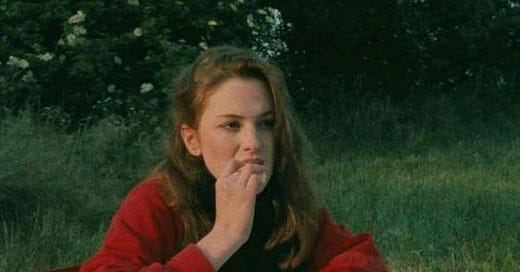



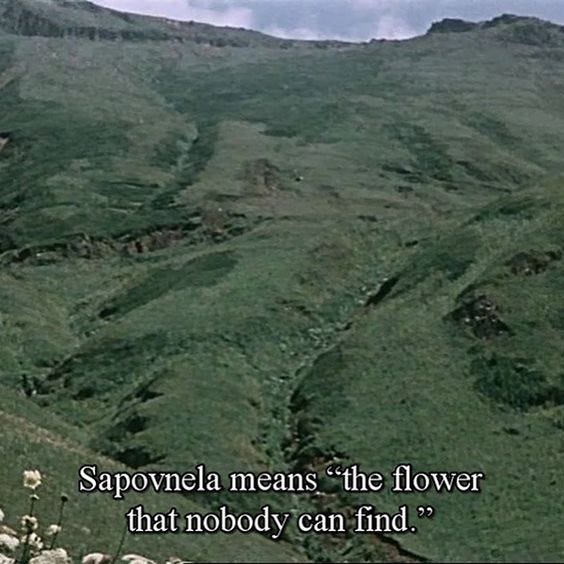
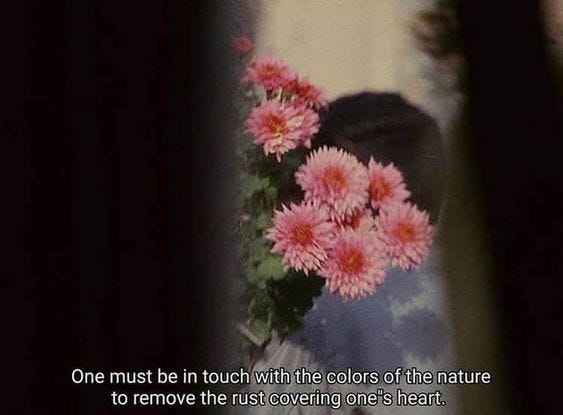
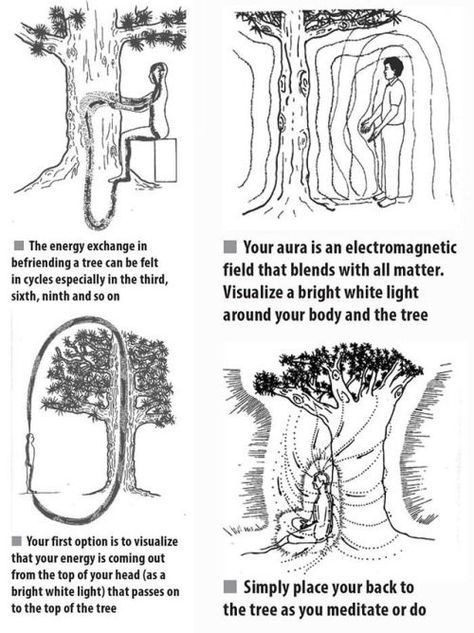
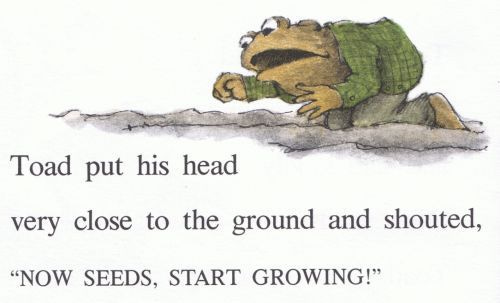

I love this 🌸🩷🩷